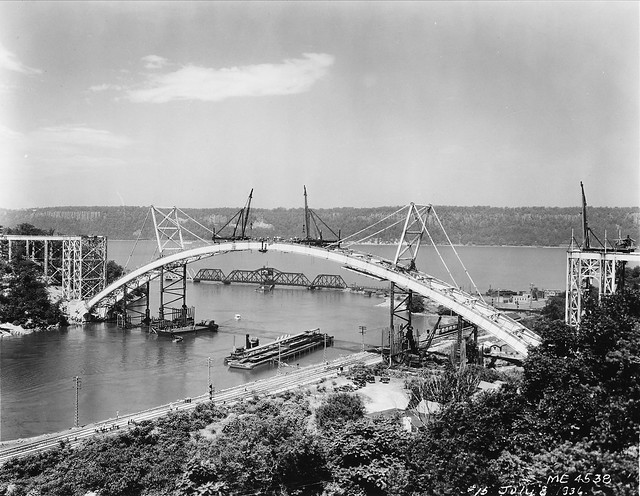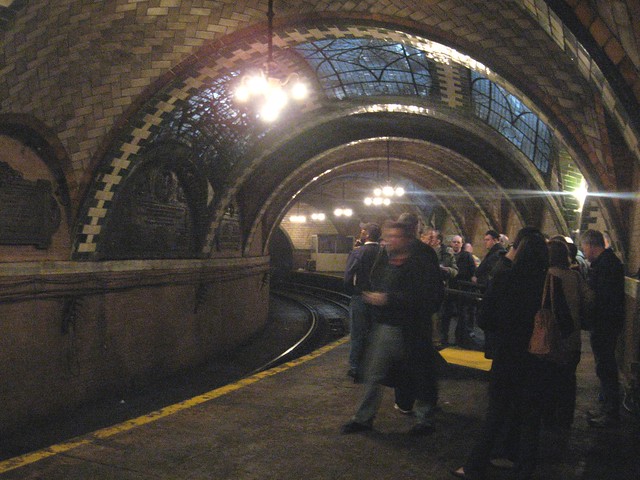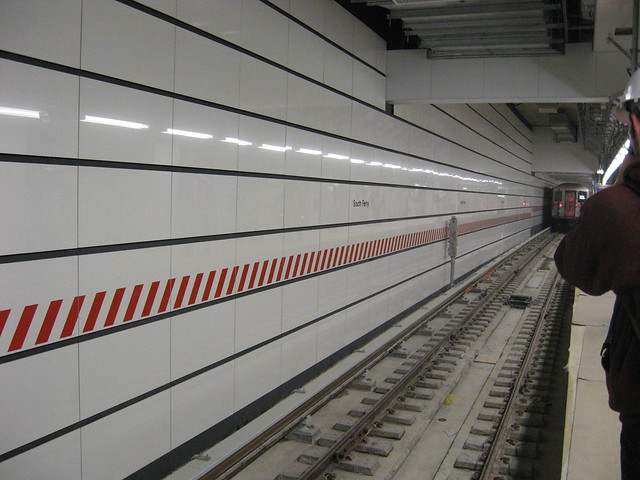 The selling a MetroCard swipe is a time-honored scam in the New York City subways. Some scammers purchase unlimited ride cards and sell swipes to unsuspecting tourists. Others jam MetroCard vending machines so that innocent riders have no choice but to pony up the dough for a ride. No matter the approach, selling a swipe has always been treated as a felony by the NYPD and New York City Transit, but a judge on New York’s Court of Appeals has upended that law.
The selling a MetroCard swipe is a time-honored scam in the New York City subways. Some scammers purchase unlimited ride cards and sell swipes to unsuspecting tourists. Others jam MetroCard vending machines so that innocent riders have no choice but to pony up the dough for a ride. No matter the approach, selling a swipe has always been treated as a felony by the NYPD and New York City Transit, but a judge on New York’s Court of Appeals has upended that law.
In a decision (pdf) released yesterday, Chief Judge Jonathan Lippman, writing for a unanimous Court of Appeals, said that selling a swipe is not a felony because the MTA does not have a valid property interest in the swipe-buyer’s fare. The decision, which reports characterized as a “surprise,” represents a bit of a legal tap dance through state precedent on classifying felonies.
The legal eagles among us can read through the double-spaced nine-page decision. For the rest of you, Michael Grynbaum offers up a succinct summary in plain English:
This decision came as some surprise, not only to the Manhattan district attorney’s office, which routinely prosecutes this type of scheme as petty larceny, but also to senior subway officials, who for years had assumed that profiting off the unauthorized sale of a subway trip was a clear-cut case of theft of fare.
But Jonathan Lippman, the chief judge of the Court of Appeals, wrote in an opinion that the fraud, “although decidedly criminal in nature,” did not amount to an unlawful taking of property from New York City Transit because the transit agency never actually possessed the fare that it would have otherwise been paid. The transportation authority, Judge Lippman wrote, “never acquired a sufficient interest in the money to become an ‘owner,’ ” which the judge deemed a necessary condition for a charge of larceny to be filed.
Instead, the opinion said, the scammer could be charged with other infractions, like the unlawful sale of transportation services. New York City Transit, for instance, forbids an owner of an unlimited MetroCard from accepting money in exchange for a swipe.
New York City Transit would not let the good judge deter them. Armed with various other laws under which they could prosecute and ticket offenders, a spokesman stressed that selling swipes remains against the law. “No matter how you classify it, selling swipes is illegal and makes the fare more expensive for all law-abiding transit riders,” Kevin Ortiz said to The Times. “If you see someone selling swipes, we urge you to report it to a police officer or MTA employee immediately.”
Even as selling a swipe is no longer a felony, the scam will likely remain a misdemeanor under theft of services laws, and criminals can be charged with unauthorized sales of transportation services and with illegal access to Transit Authority services. It remains legal to give away swipes from a MetroCard out of the generosity of your heart.












